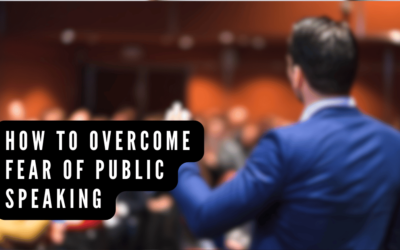There is an old adage that people who like each tend to be like each other. Years ago, when I was a teenager, I wanted really hard to assert my independence, so I started to dress differently than my parents. I wore a jeans jacket and faded blue jeans with rips in the knees. I wore my hair in a mullet, although I am embarrassed to admit it now. One day, my mom came to visit my junior high school and she observed wisely, “Will I saw hundreds of kids all trying to look different in the same way. They all wore jeans with ripped knees, all had jean jackets and the boys all had mullets.” I was irritated with my mother, but she was absolutely right. As a group, we were all just reaching the age where we were starting to assert our identity as a group—so we all started to match our clothing and dress patterns, we all started to use similar language to describe things, coining our own terms, such as “wicked, bad, and radical.”
I am sure that there are many lessons to be learned from this episode, but the most important one is this: at my junior high, we started to establish our identity through similarities. If someone wanted to be part of our group, that person would have to wear a jean jacket, jeans with ripped knees and cut their hair into a mullet. I suggest that the same holds true in business. The clothes we wear, the language we use affects our feelings of “feeling familiar.”
Think about the last time you met someone at a social event. Maybe you wanted to establish rapport. How did you do it? Most people try to find some kind of common background or content to start talking about a similar interest, therefore matching content. Consider the findings of this research in context of building rapport:
Communication is seven percent words, 38 percent tonality and 55 percent physiology (Birdwhistle, “Kinesics and Communication”, University of Pennsylvania, 1970).
If being similar to the other person helps us build rapport, when building rapport in a social situation, why do we focus solely on finding similarity in the words we speak, which represents seven percent of the meaning of our communication, and ignore the remaining ninety three percent of tonality and physiology?
To learn new long-term and short-term strategies to learn to connect with people at work and home contact William Wood CHt at 385-432-0729 or [email protected]. Visit me at www.northernutahhypnosis.com
I wrote this article as a part of a continuing education course I am taking at www.modernjedi.com


